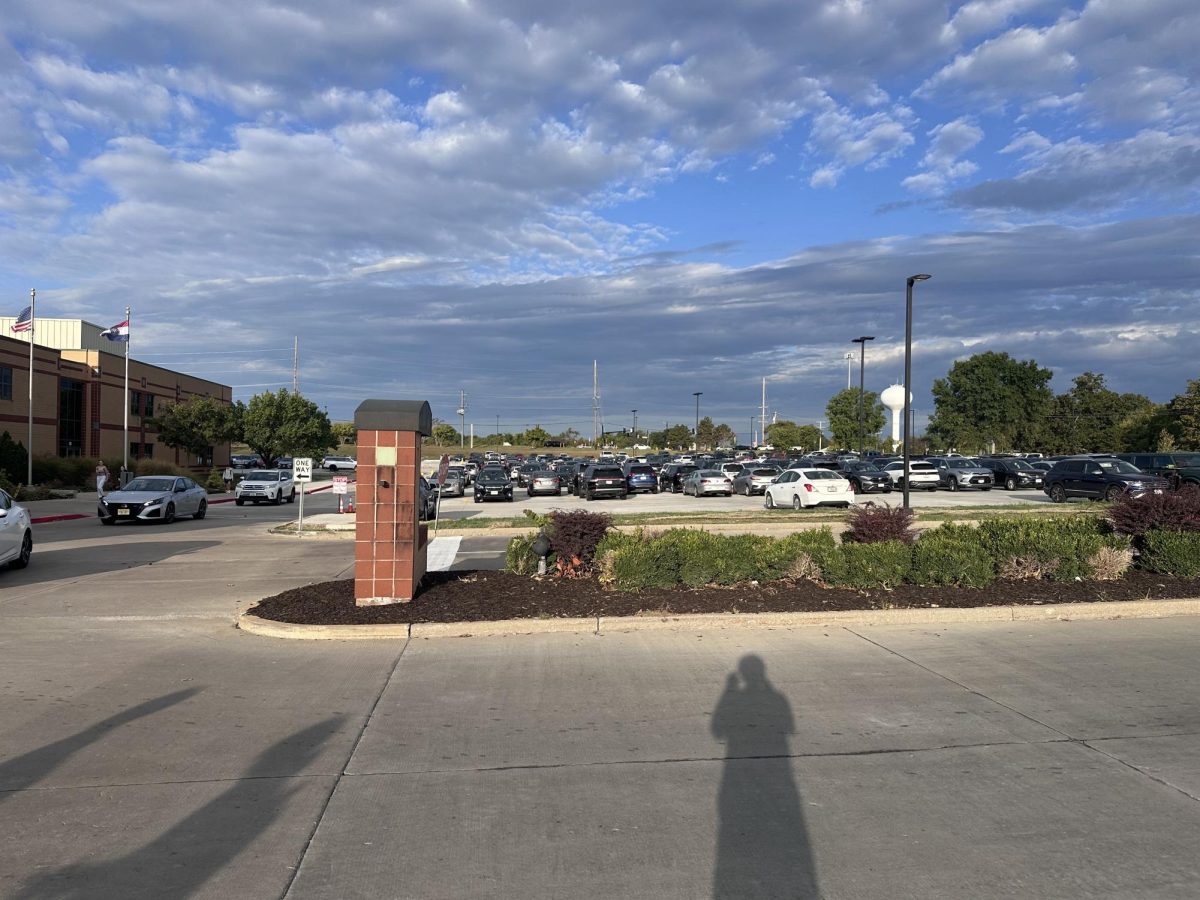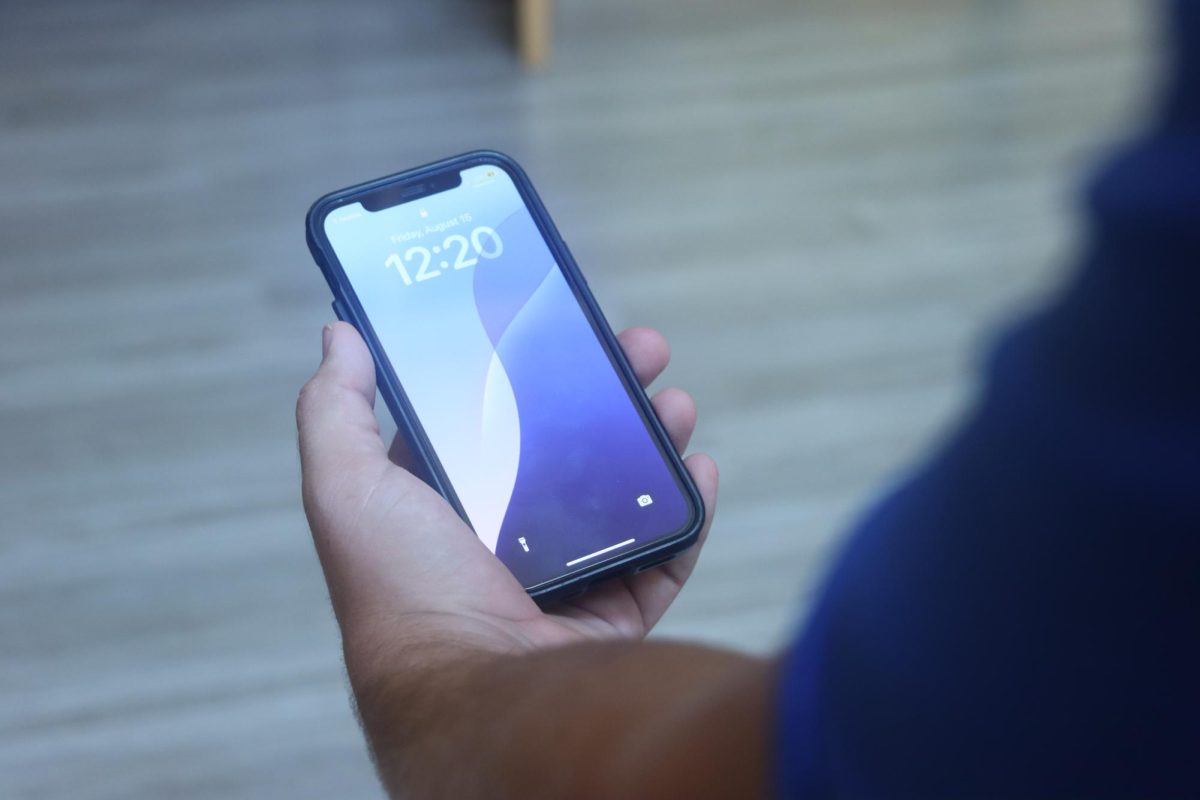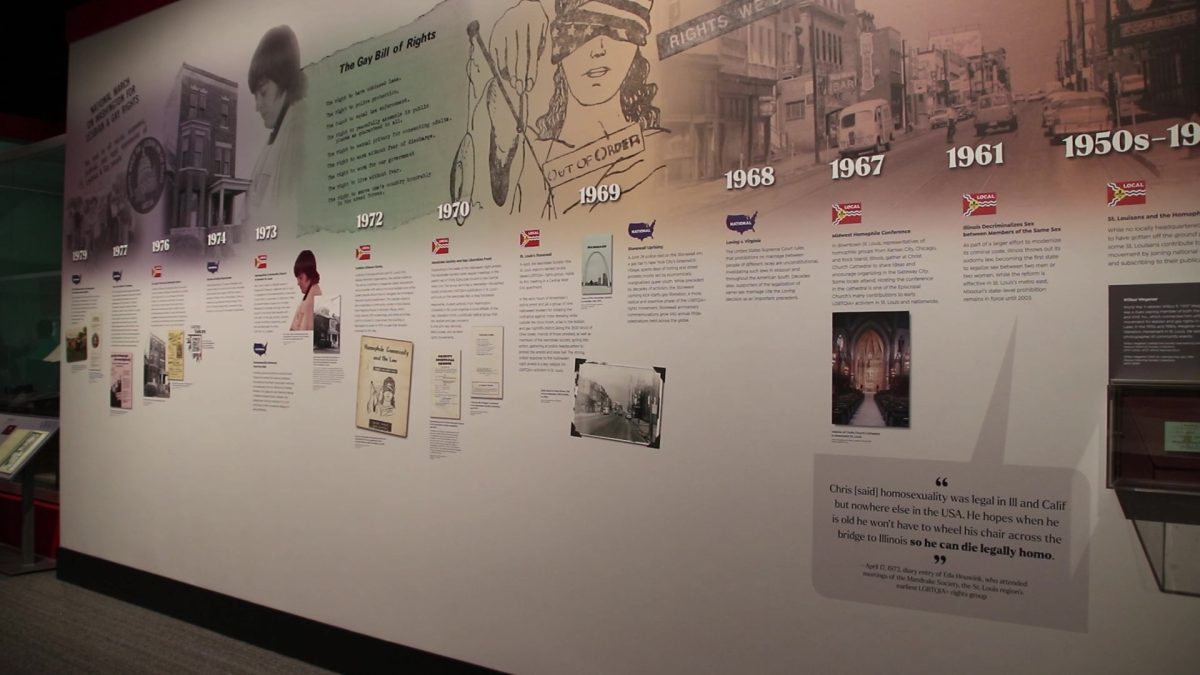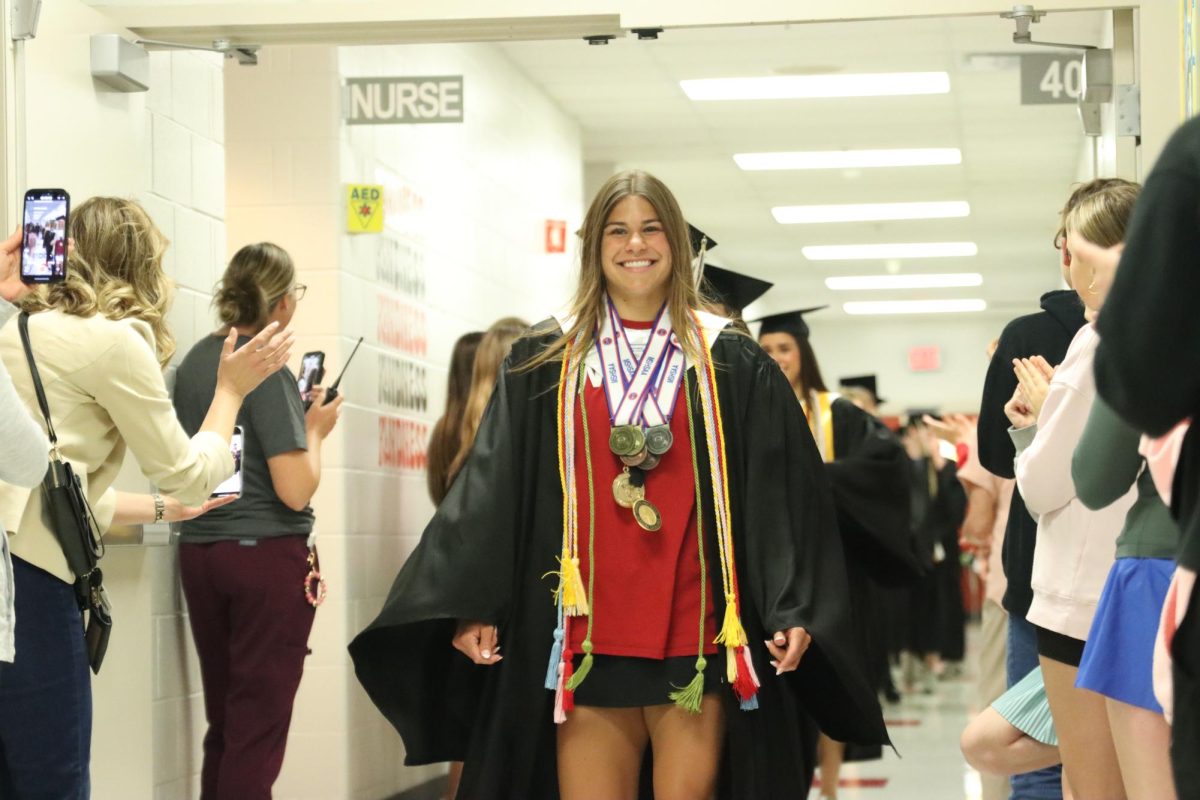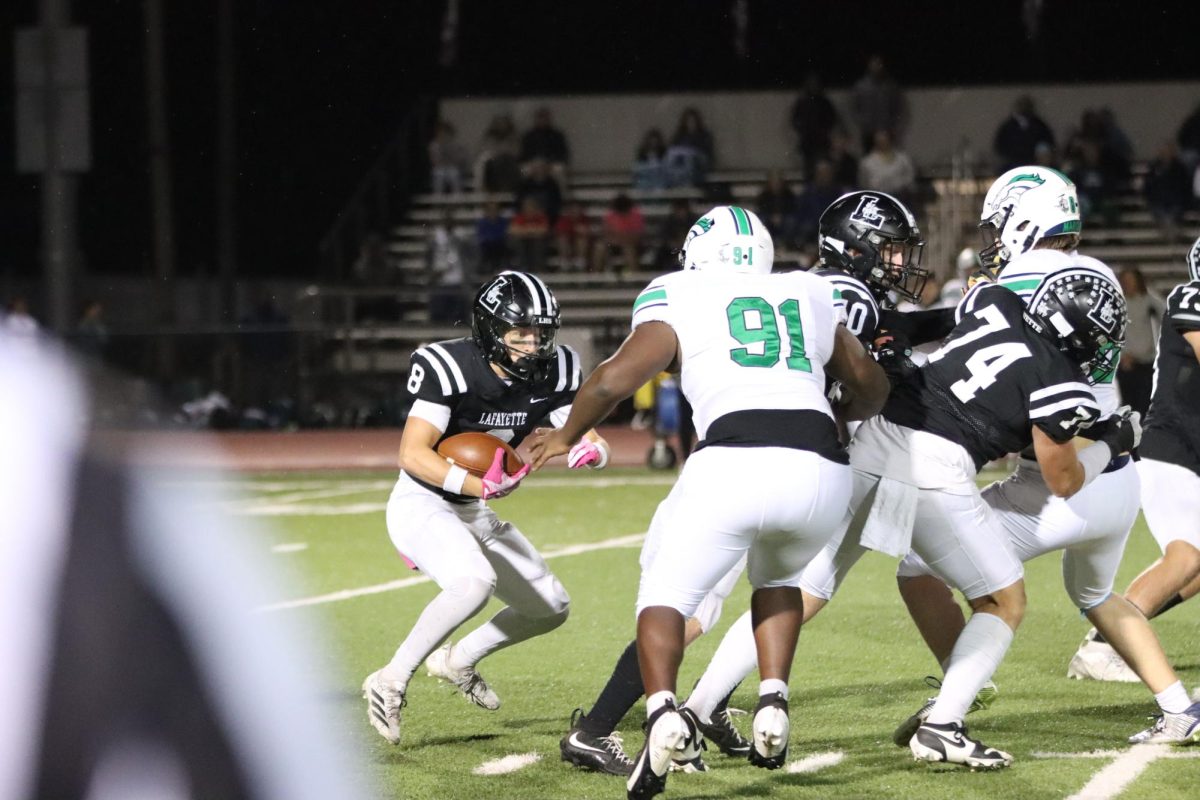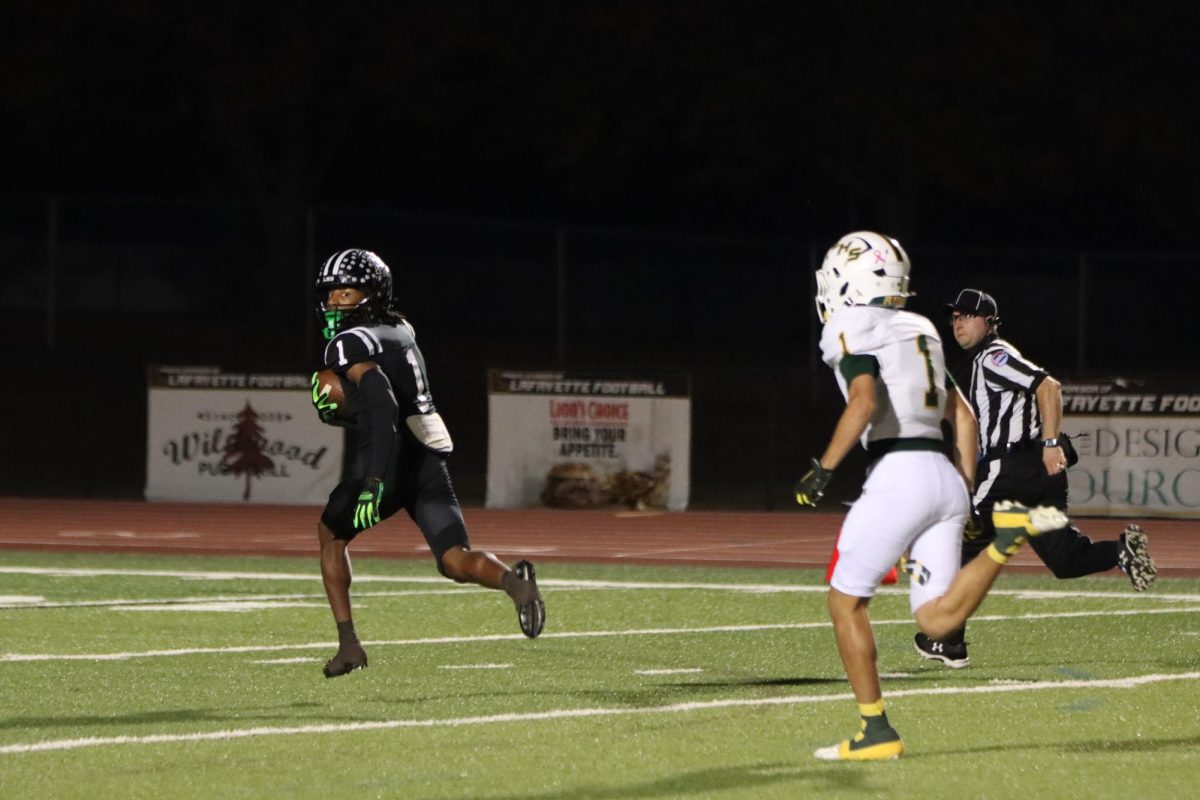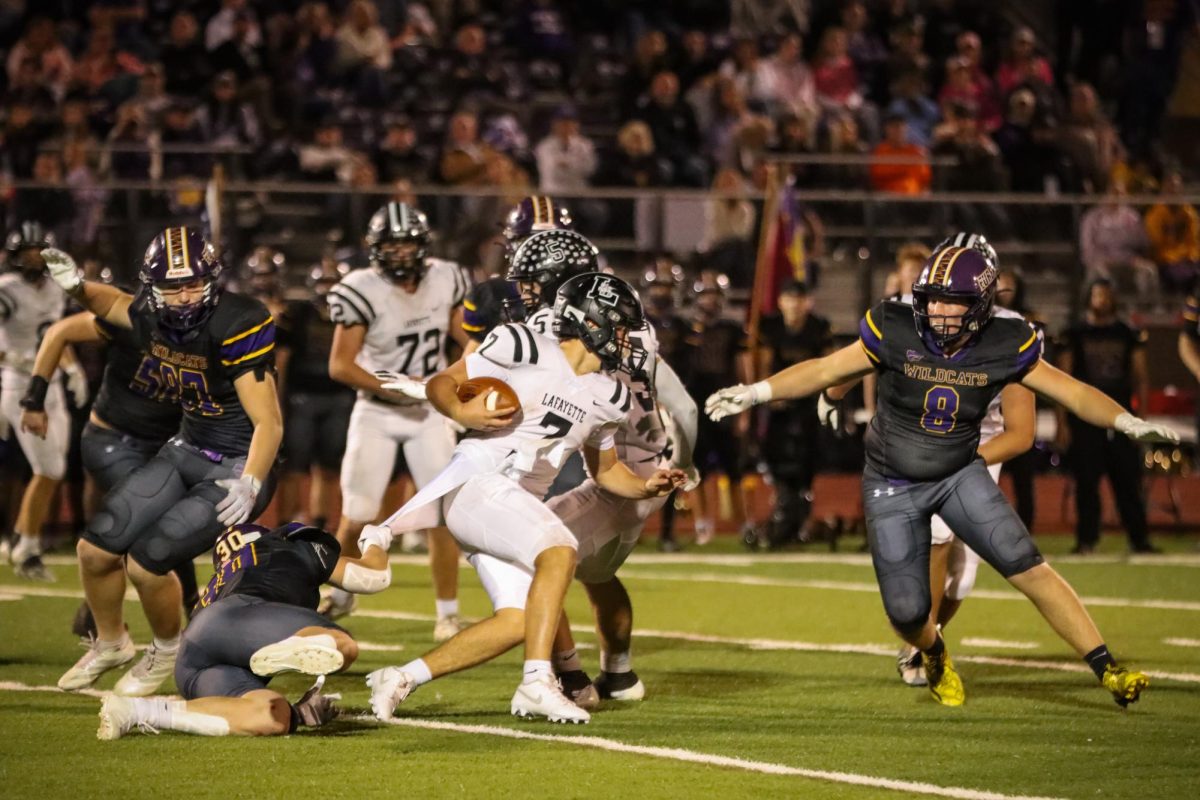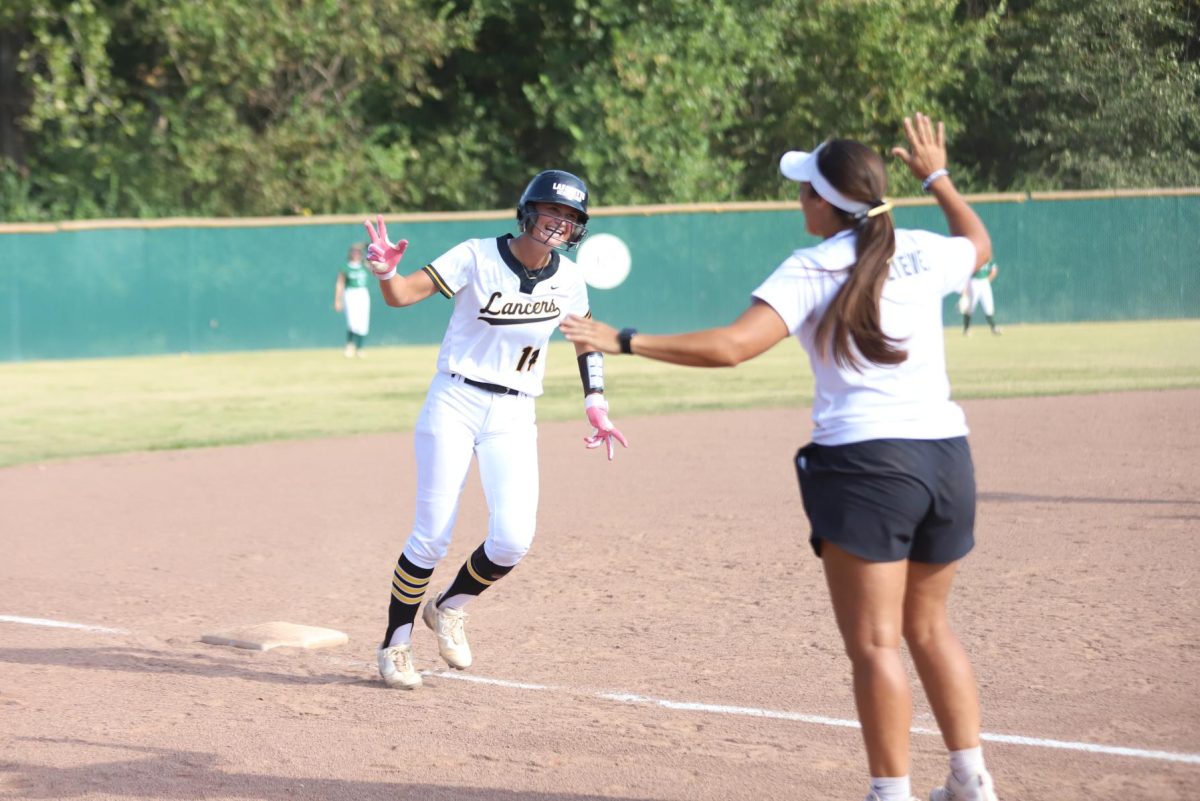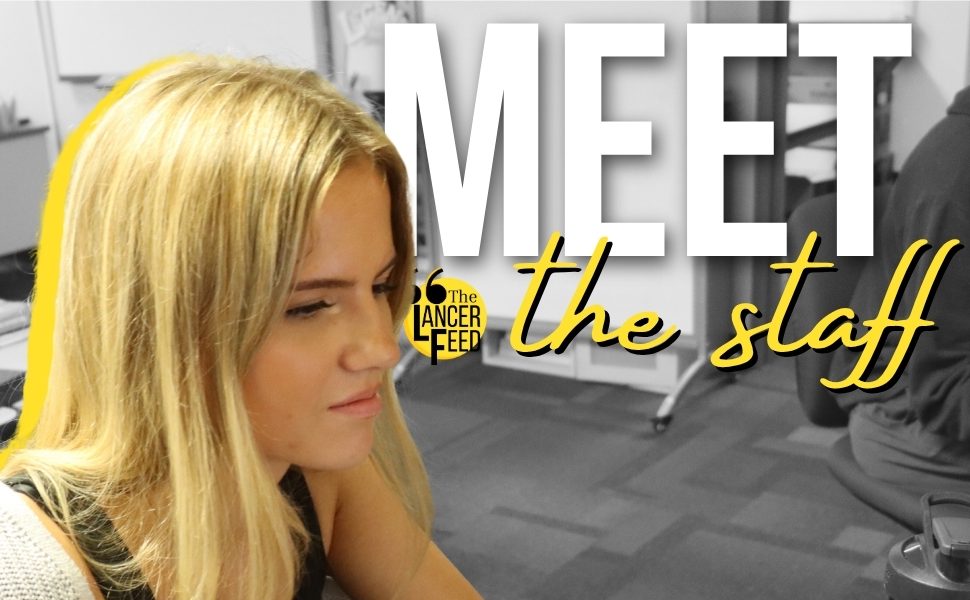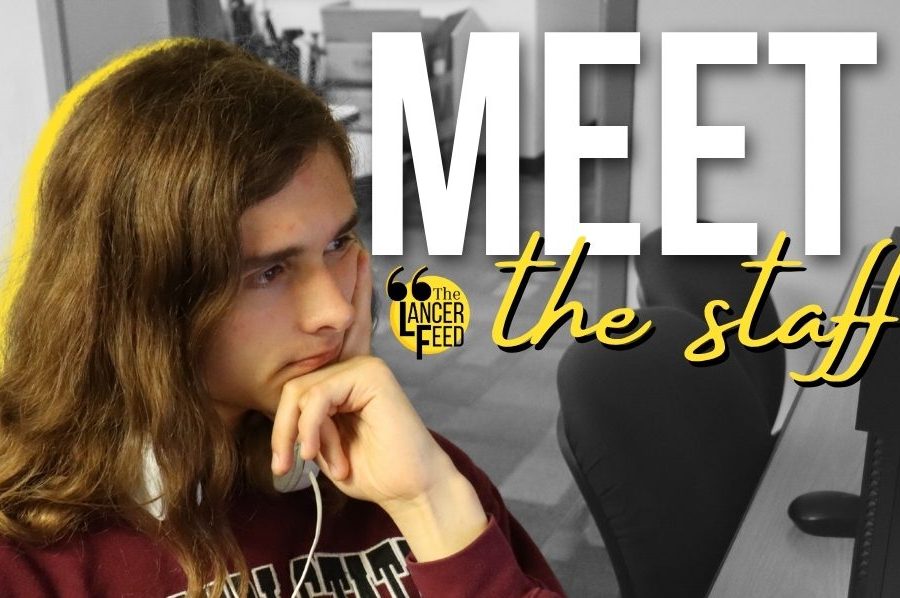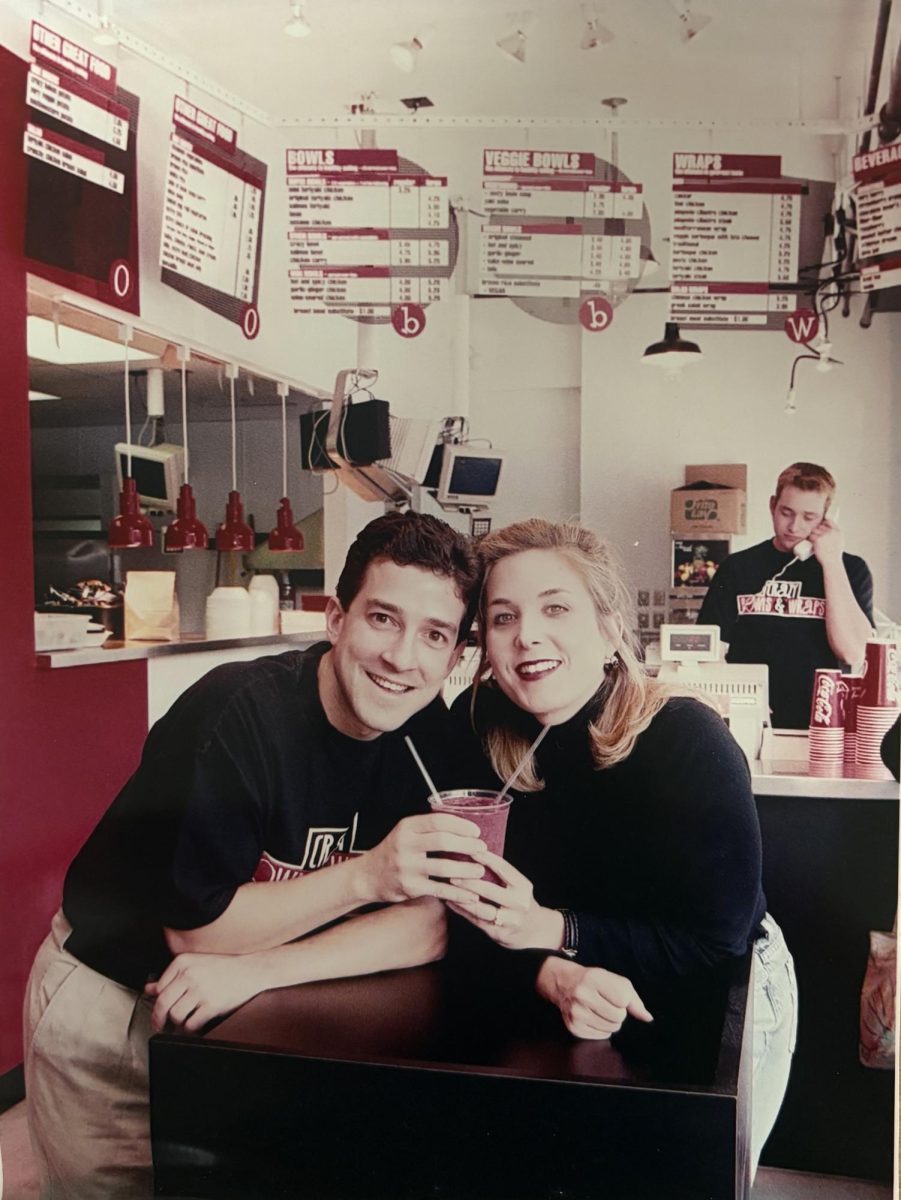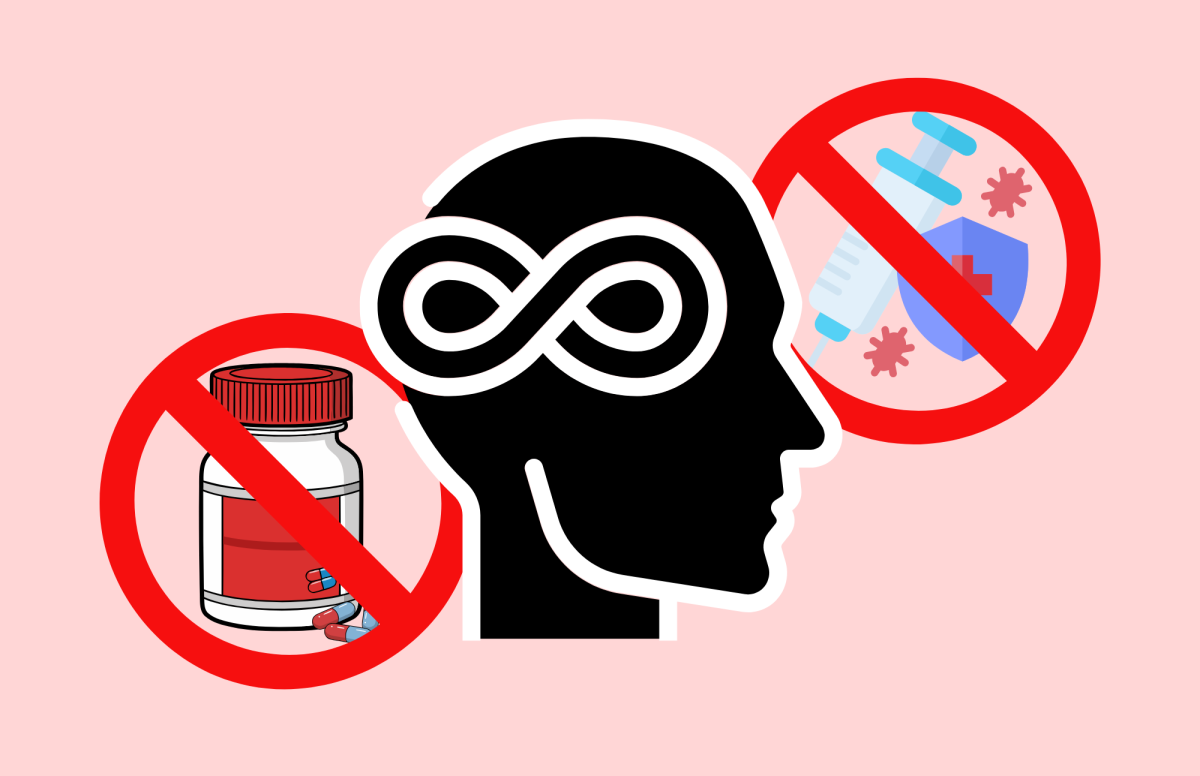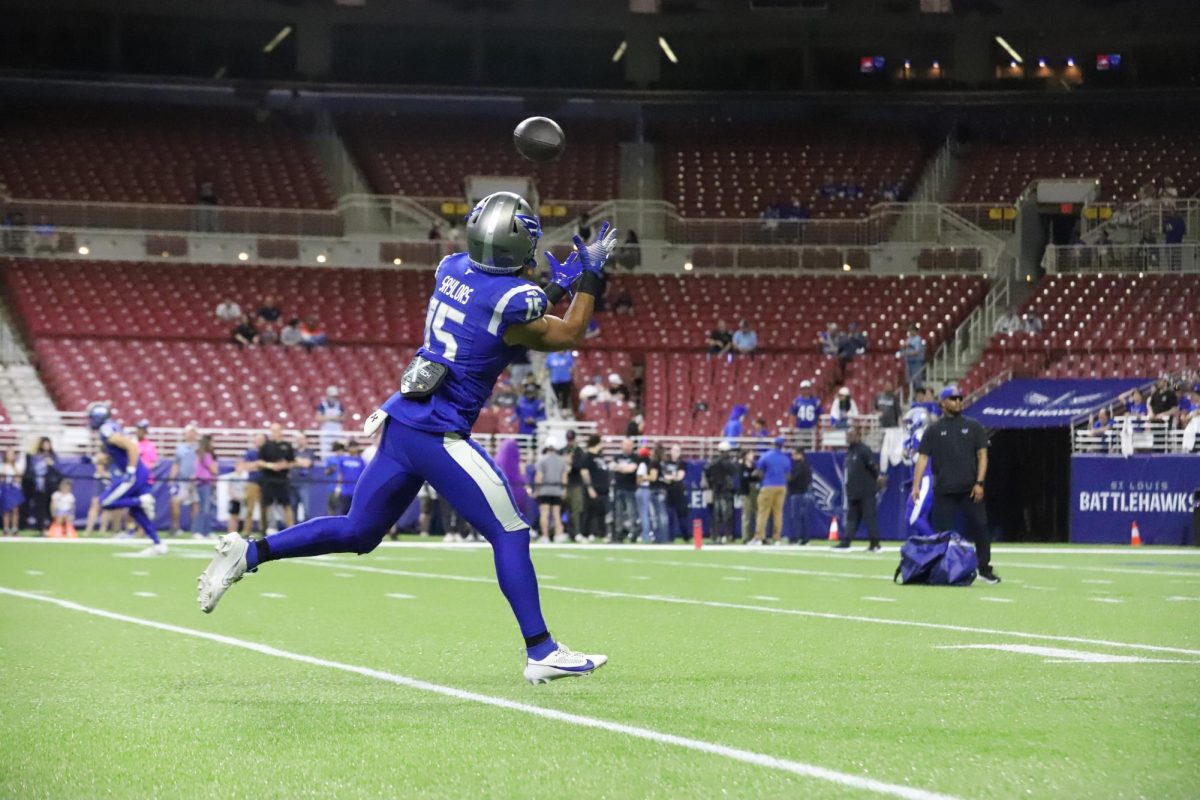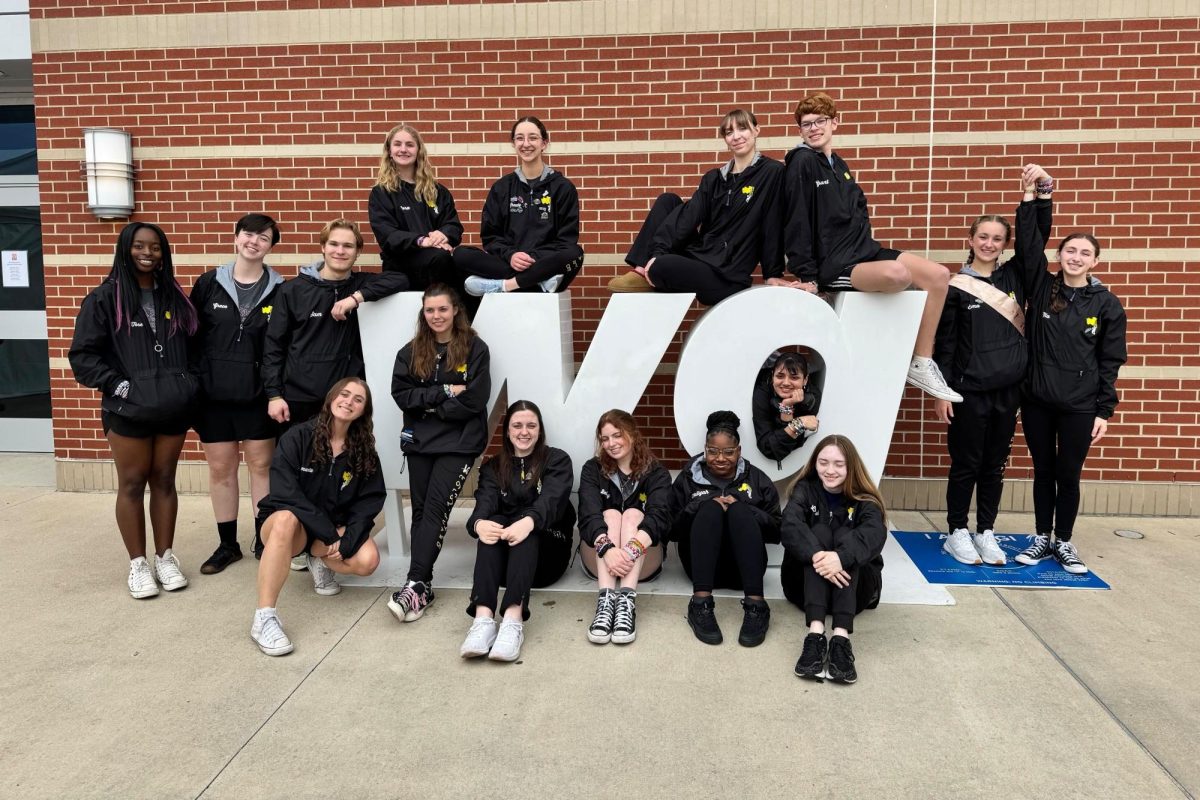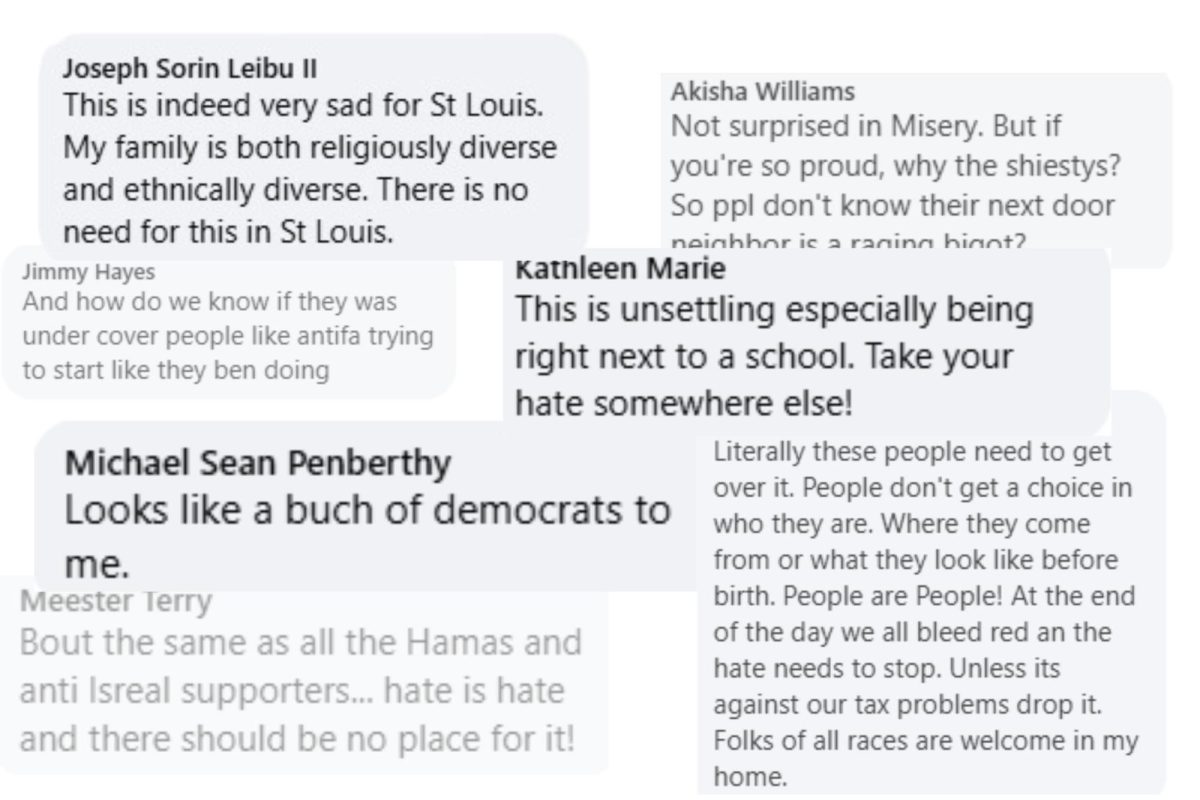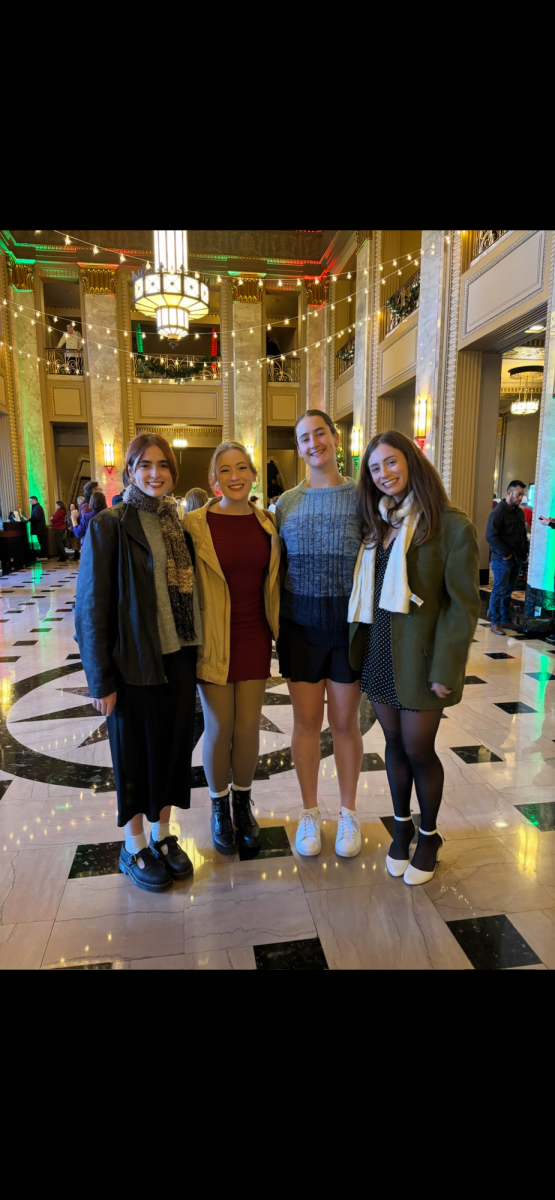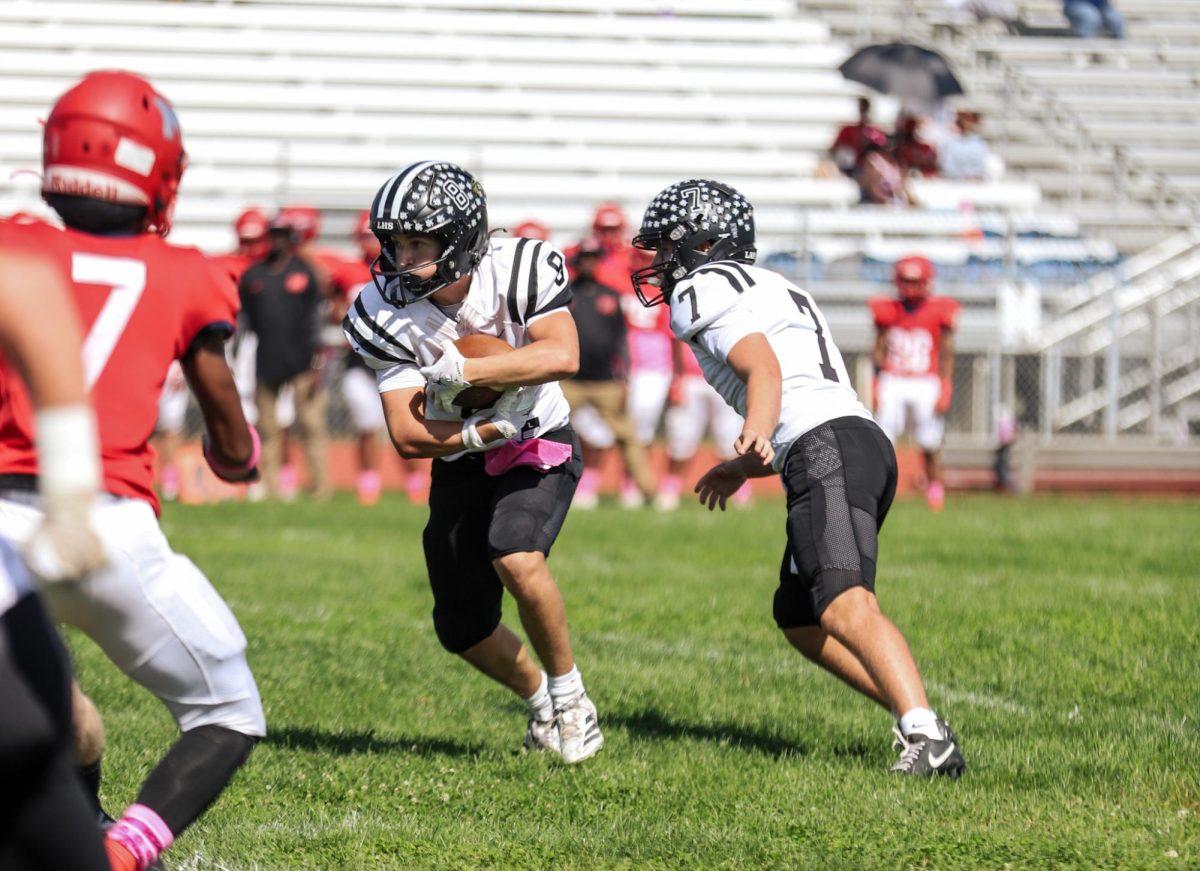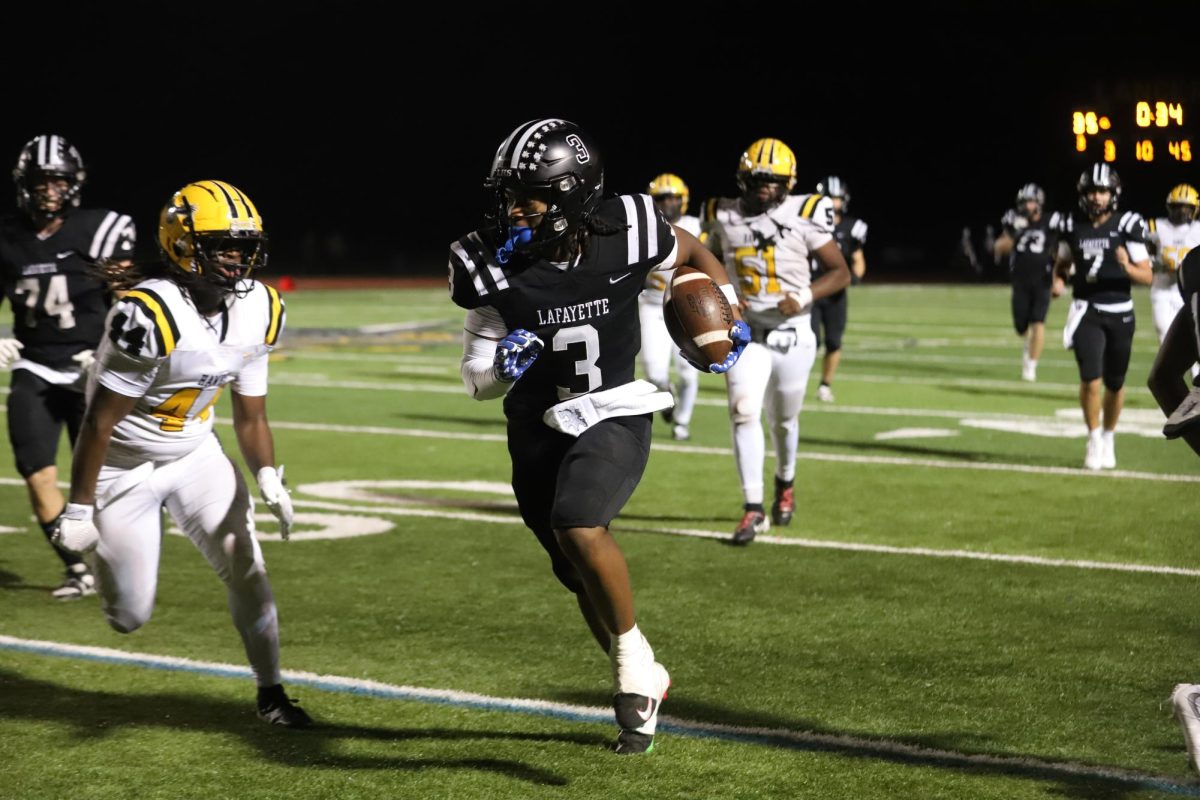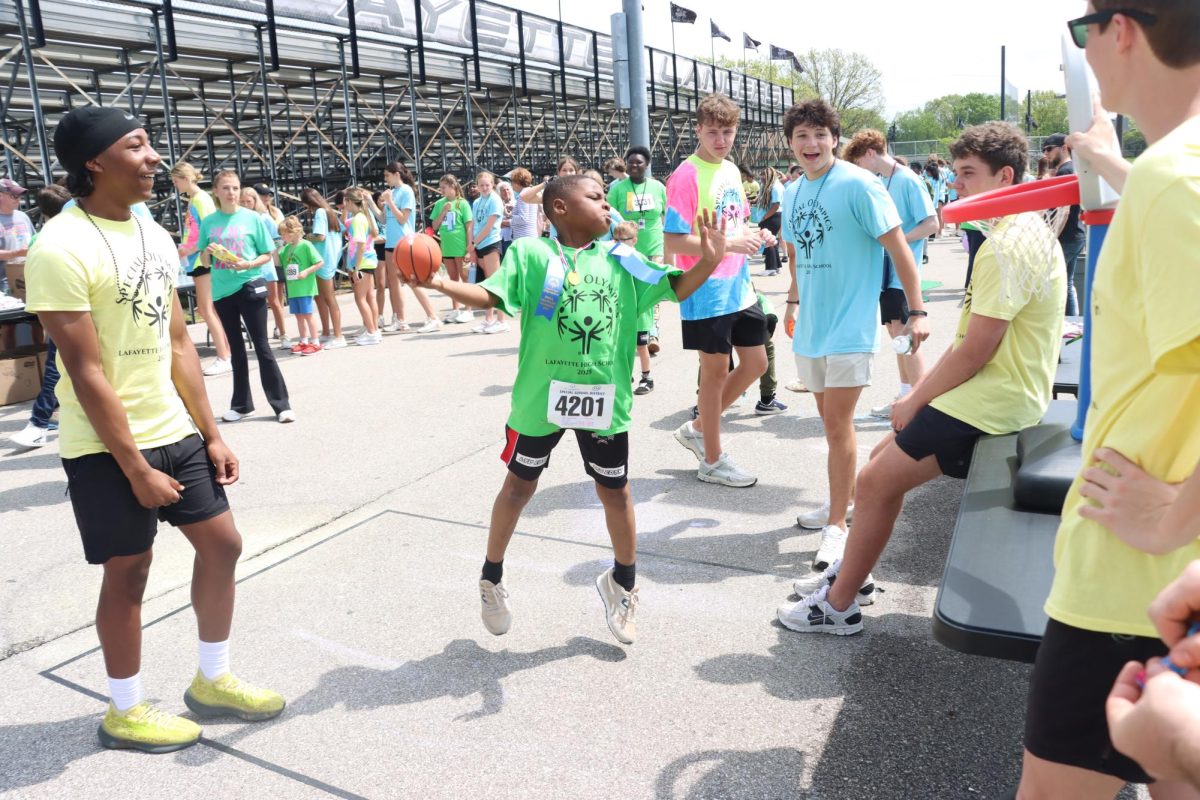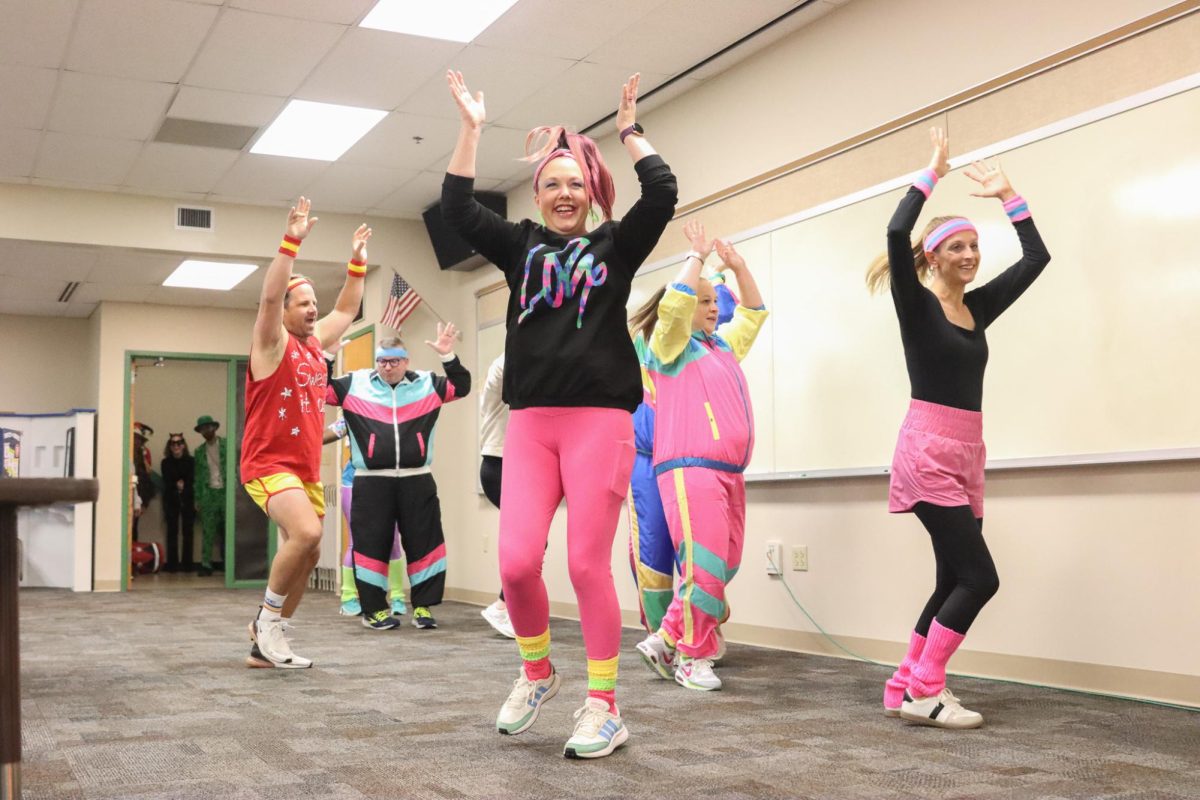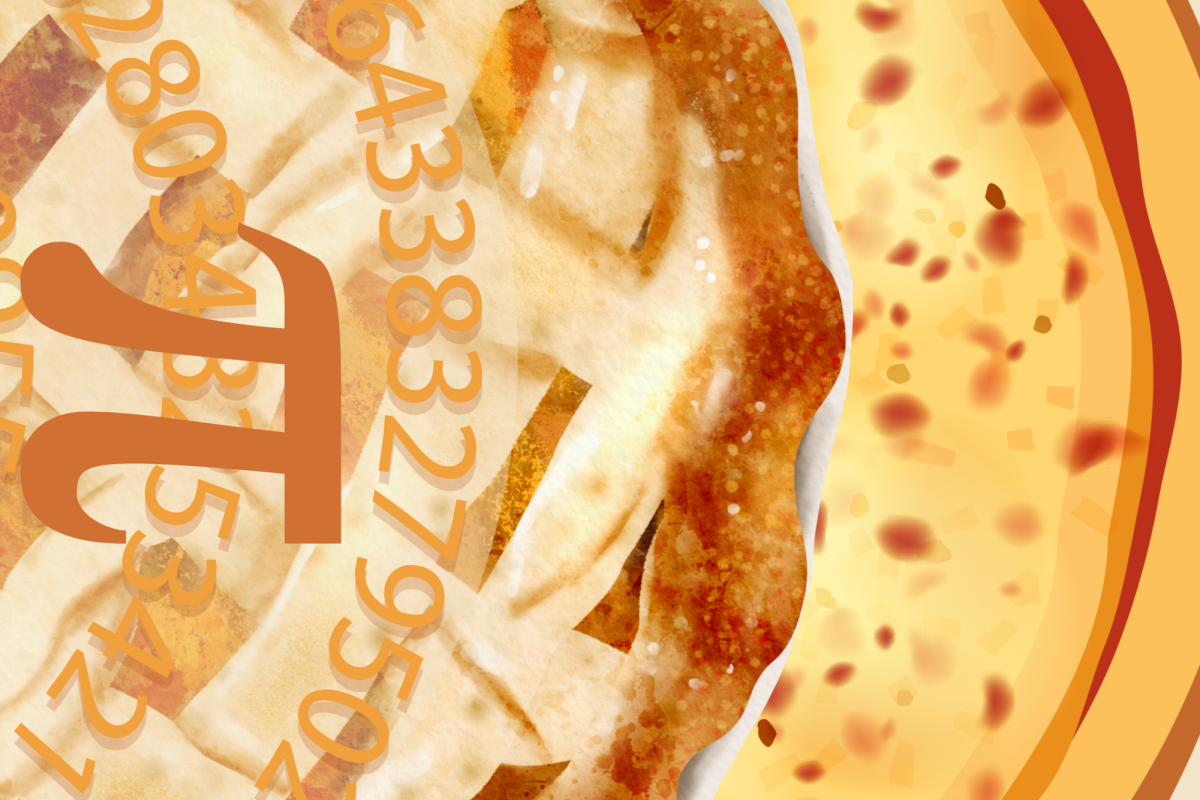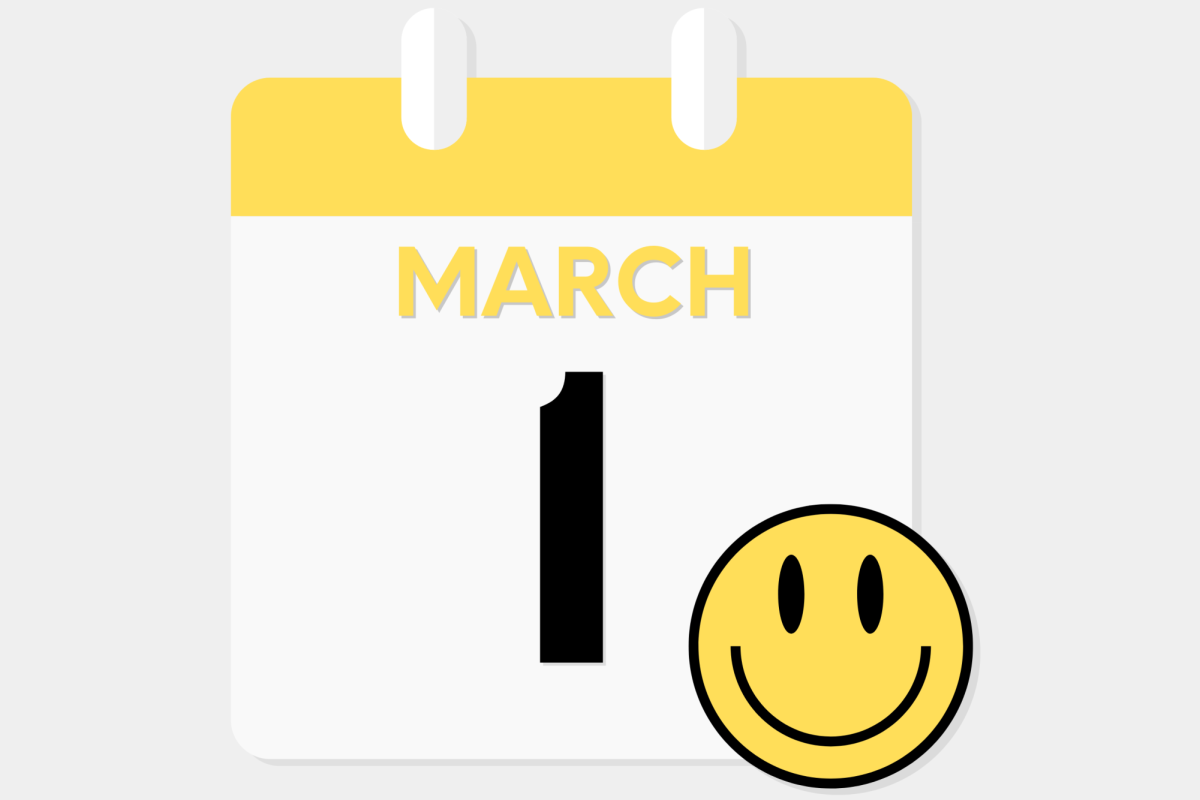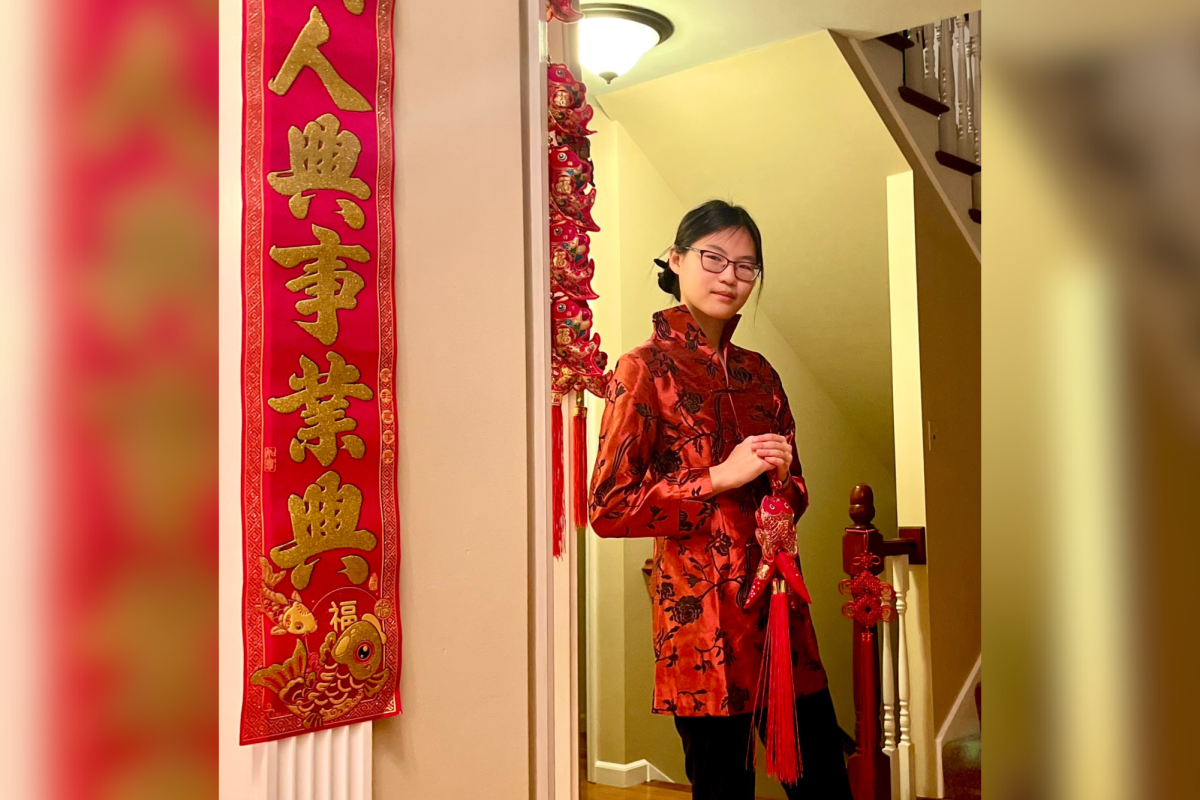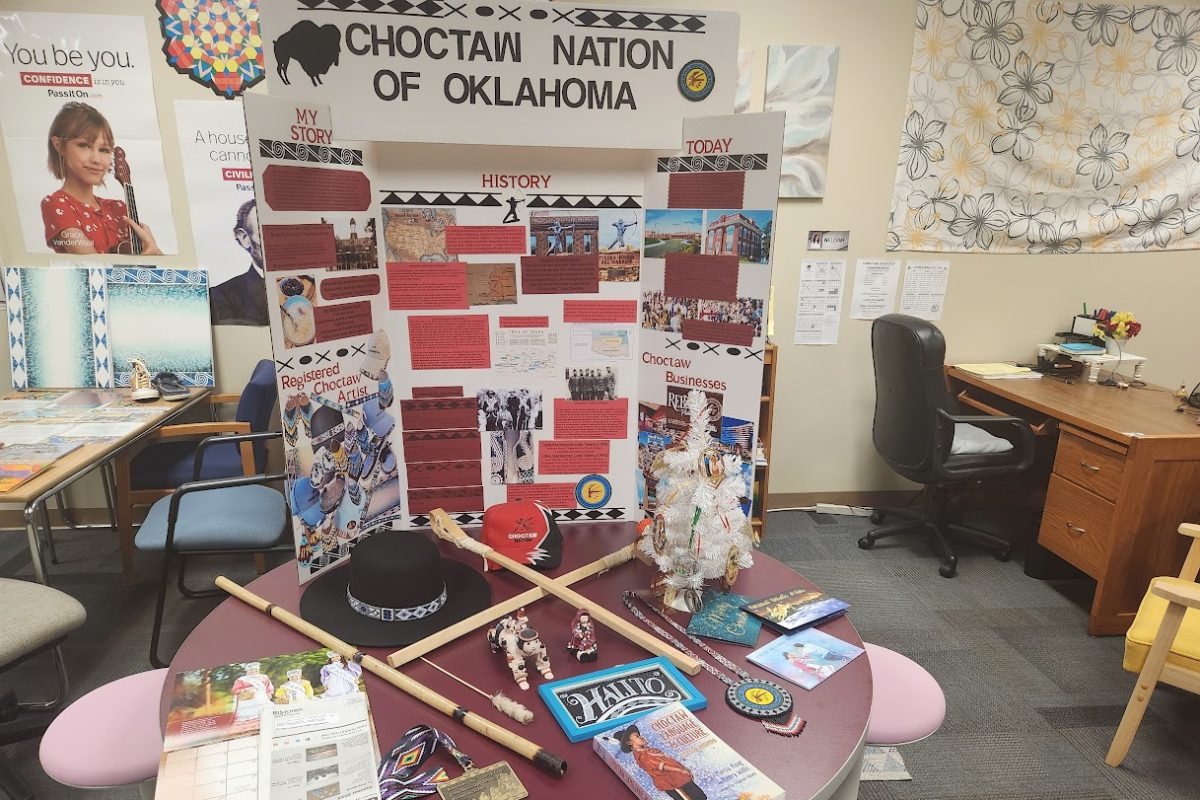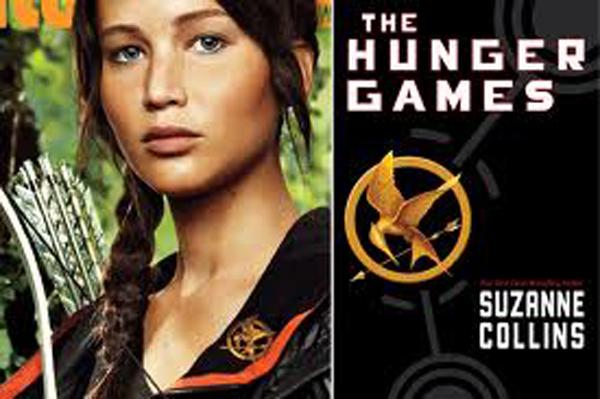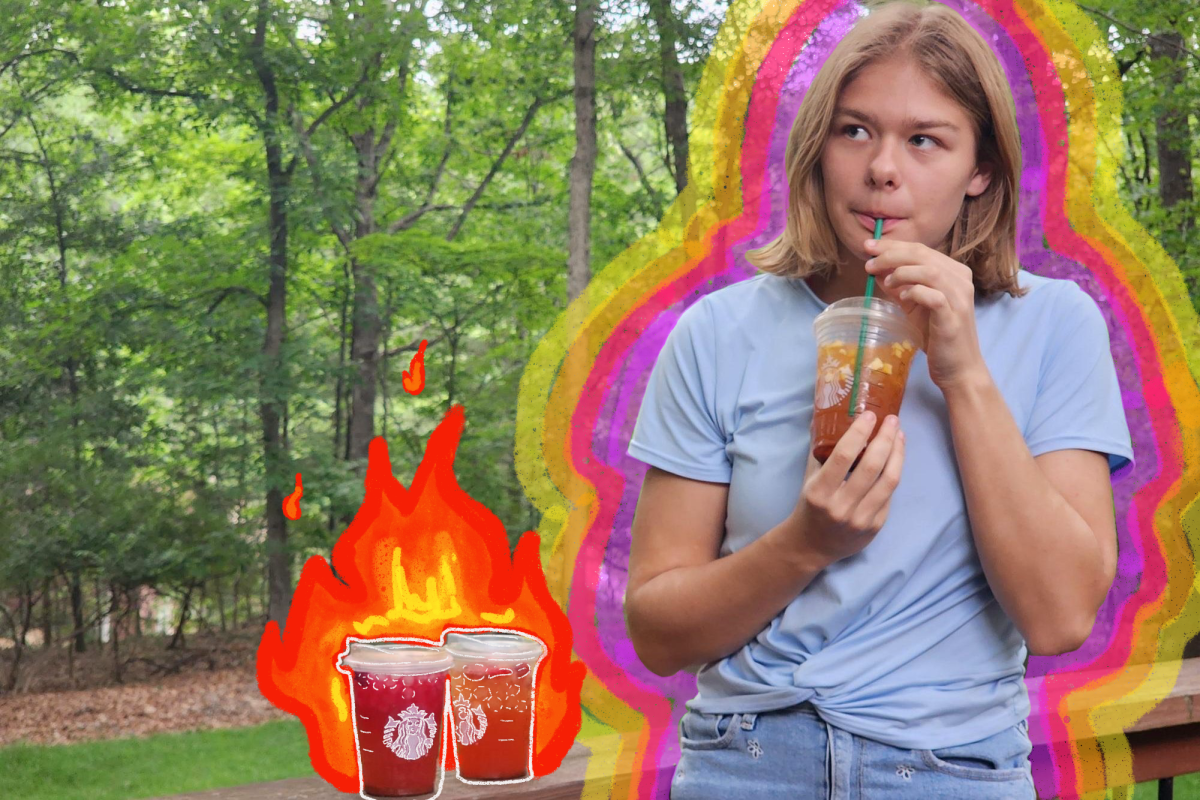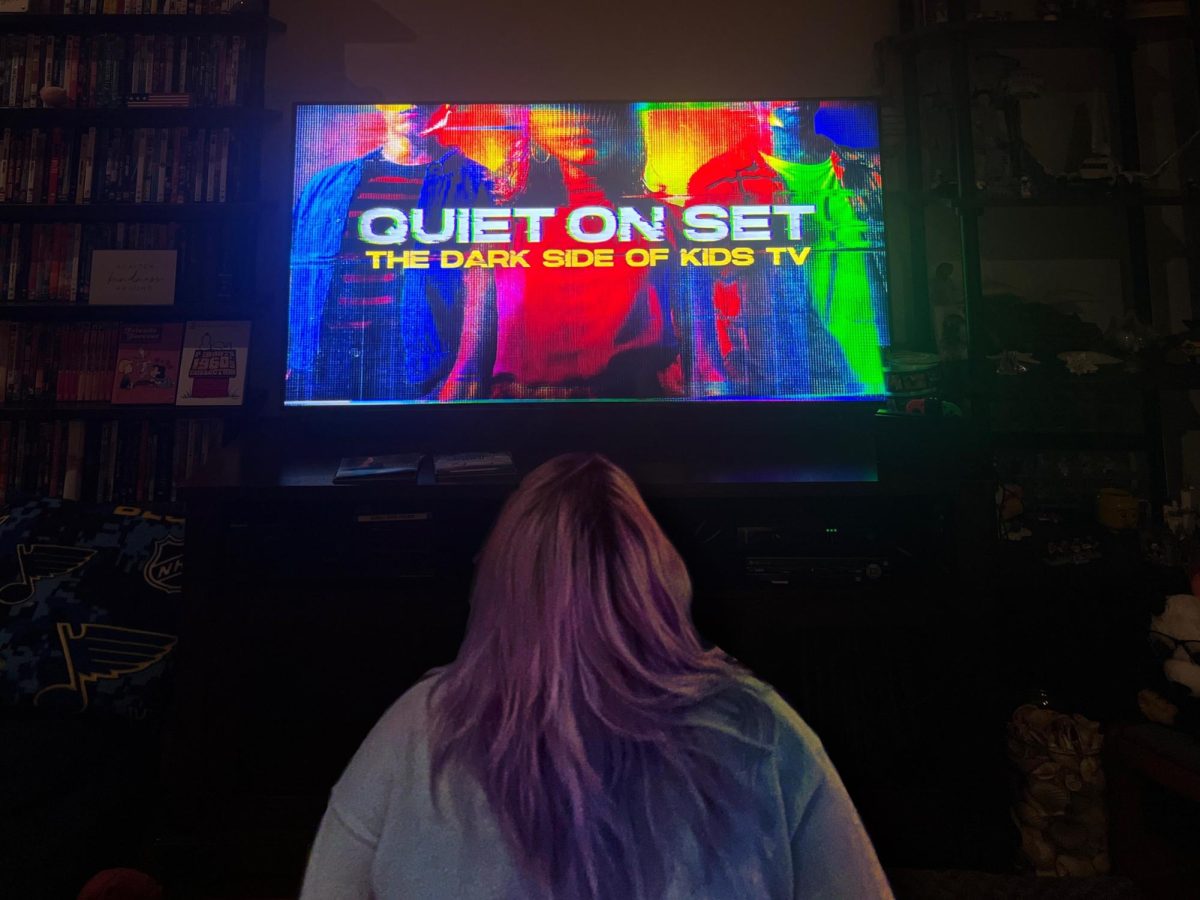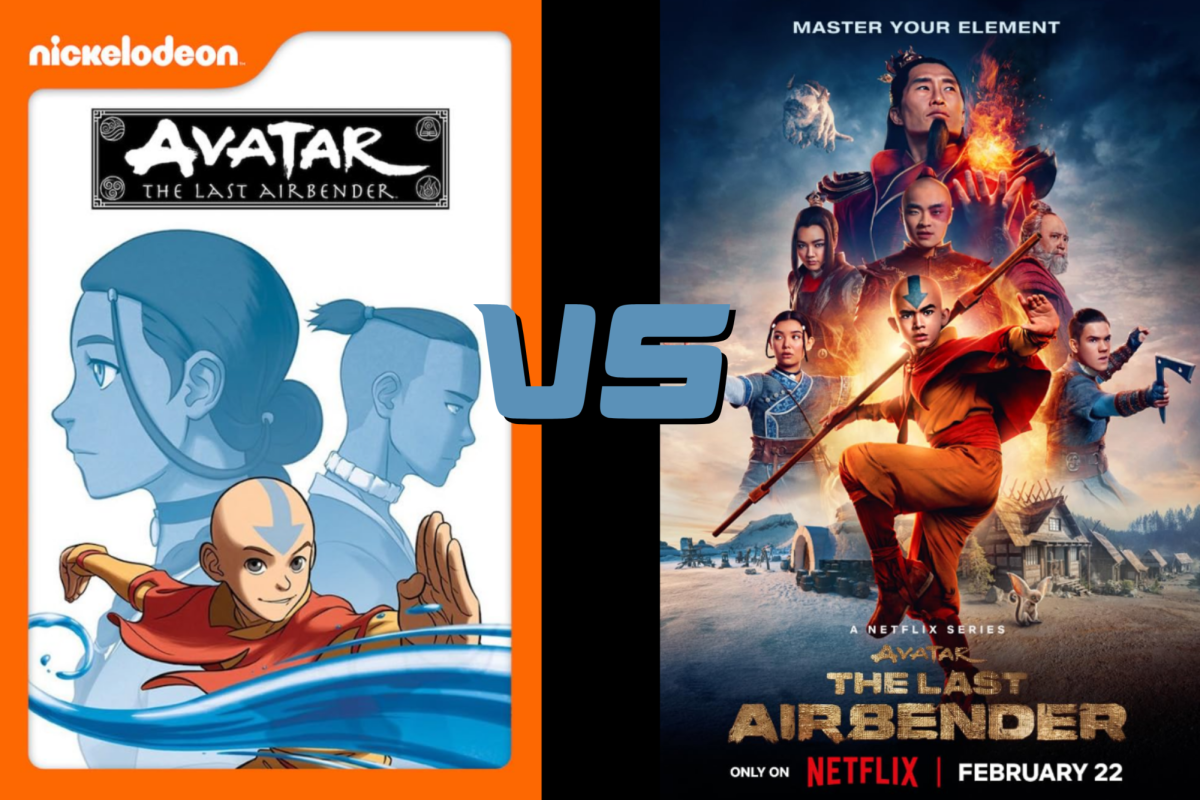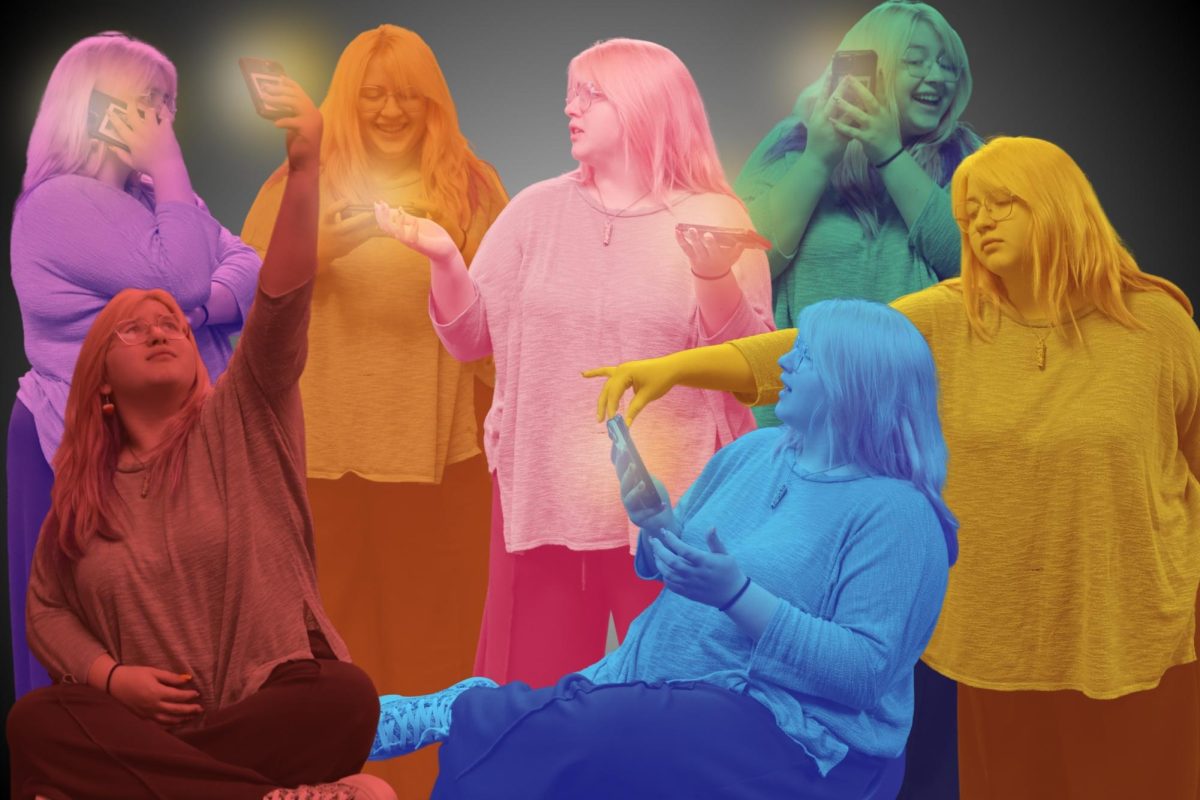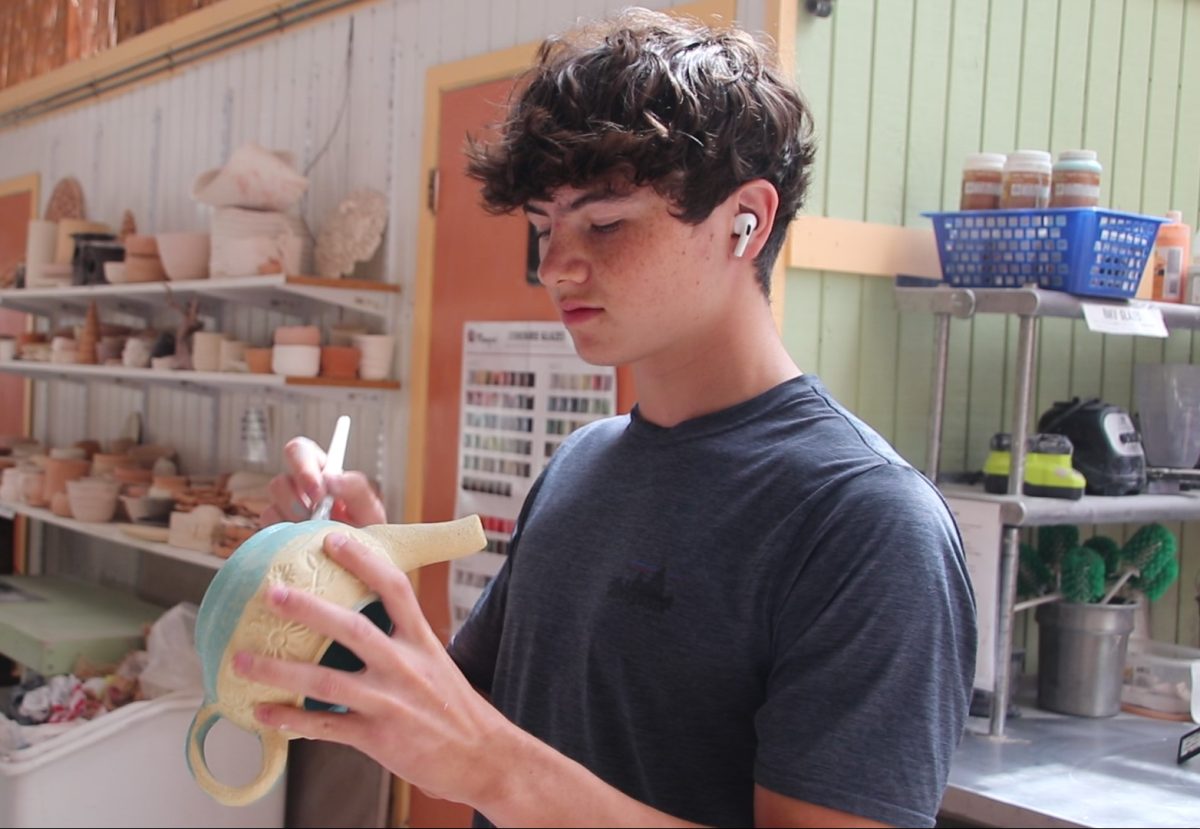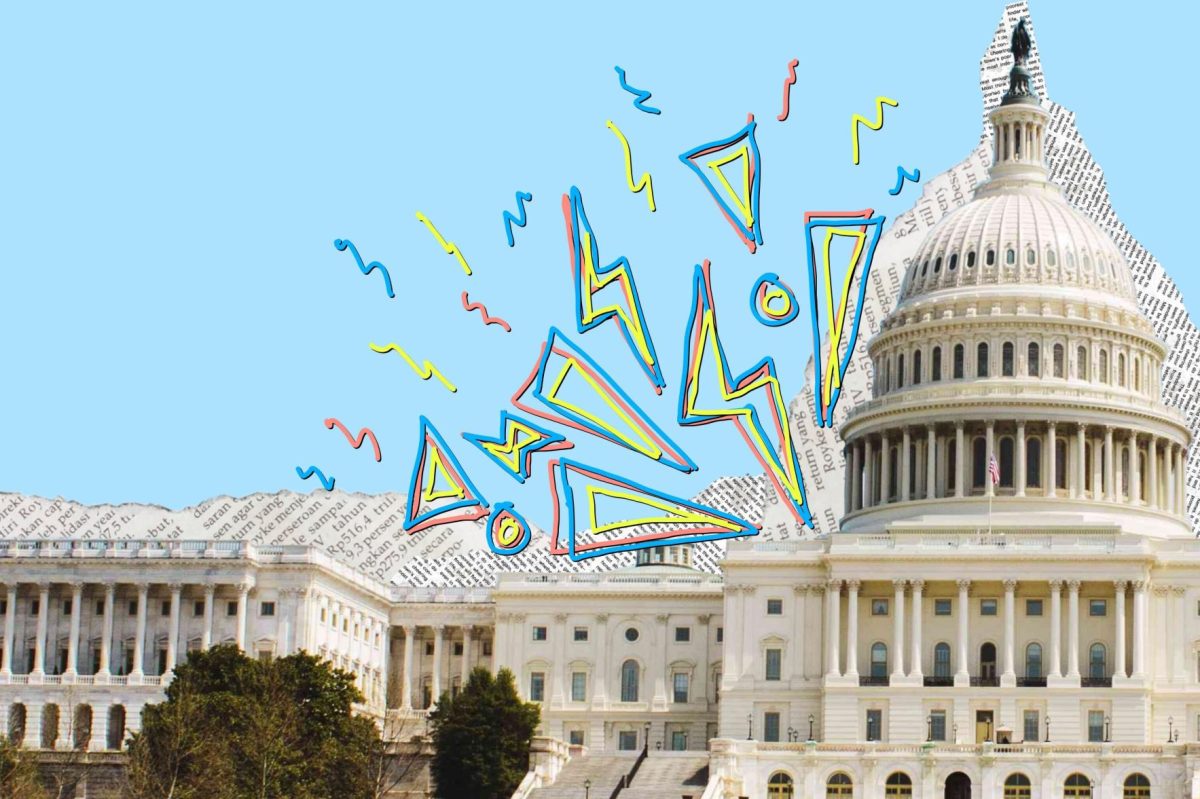It’s 3 a.m. on the morning of the much-anticipated Hunger Games midnight premier, and I sit unmoved by what I have seen of the movie adaption of Suzanne Collins’ best selling trilogy.
I am unmoved because I was addicted to The Hunger Games before it hit the silver screen—which explains my “numbness”, for lack of a better word. I expected to leave the theater itching for the sequel, unable to wait for Catching Fire’s arrival.
Instead, I feel robbed. Most likely, I entered the theater with too high of expectations; of course parts of the book wouldn’t make the movie—especially the gory details Collins doesn’t shy away from. However, what I think disappointed readers like myself was the steady, rushed pulse of the film.
Had I had been unfamiliar with The Hunger Games upon viewing the movie, I have a feeling I would be extremely confused right now. Besides Madge, one of District 12’s government official’s daughter and friend of Katniss (the main character sent to fight in the seventy-third Hunger Games), being the largest part cut from the film, other details left behind bothered me. Such as no explanation of the Avox’s, departure of bodies by hovercraft, or especially Glimmer’s eyes in the Capital mutts that we never see as an audience.
For instance, in the novel, all twenty-four tributes ride in a parade through the capital. This part of the book has several details that explain Peeta (District Twelve’s male tribute) and Katniss’ star-crossed-lovers-strategy for when they will enter the arena.
This scene lasts about twenty seconds in the movie. It was things like this—like the rushed unveiling of “The Girl On Fire,” which seem so vital to the novel’s meaning that made me feel robbed.
Throughout the movie, other scenes are cut down or replaced with new ones in order for the movie to flow. To me, this stole something very important away from The Hunger Games.
Relationships flourish so well in the novel, in my opinion, but seem so awkwardly developed in the movie. I wanted to see more interaction between Katniss and Peeta—especially when towards the end of the novel Peeta appears to be heart broken over Gale’s appeal to Katniss. But again, there was no time for that.
Aside from the negative, there are always positives. The characters fit their actors very well—Jennifer Lawrence plays the perfect Katniss. The controversial choice of Peeta, Josh Hutcherson, captures the very essence of the character; while Hutcherson might not be 6’1” and perfectly dreamy, is does have Peeta’s genuine persona. Plus, the people of Panem’s Capital are everything I’d hopped for—scary weird.
Spoiler alert.
Another element that will please readers is the death scene of Rue. It is executed exactly like the novel—right down to the lullaby.
The longer I reflect, the more I want to see The Hunger Games again in order to gain a better perspective of the movie: the details, the glazed over tributes, the annoying camera angles, the randomly placed scenes from Catching Fire to set up the second movie.
While I was pleased with the film, I cannot say I was excited about it. Because of the rushed pace, for a devoted reader of the series, it just left me wanting to re-read the books.
Which isn’t so bad, if you aren’t counting on just watching to fully understand the meaning of The Hunger Games.

